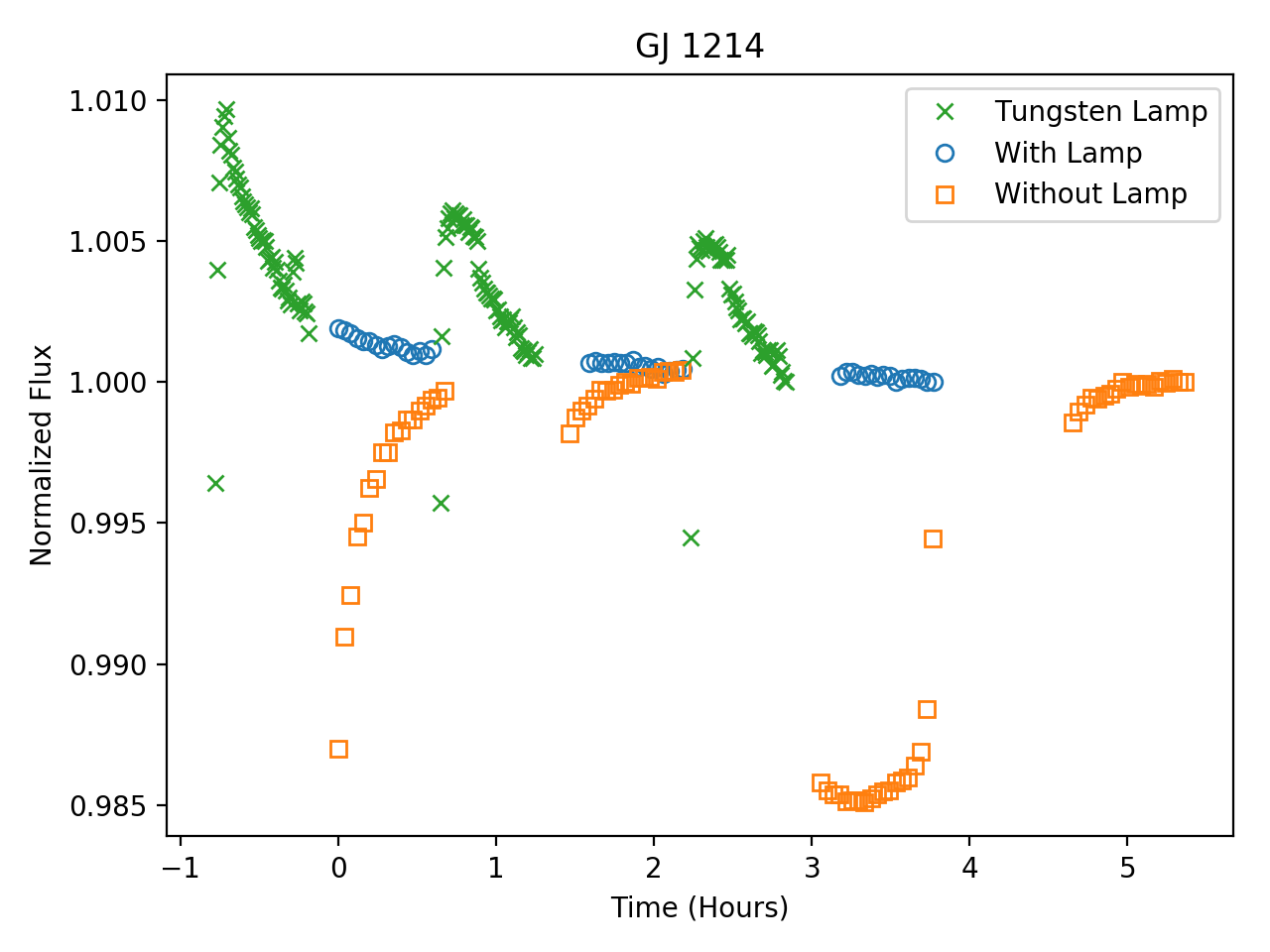Date
Attendees
- Daniel Dicken
- Everett Schlawin
- Jeroen Bouwman
- Loic Albert
- Pierre-Olivier Lagage
- Sarah Kendrew
- John Stansberry
- Susan Mullally
- Thomas Beatty
- Thomas Greene
Goals
Discussion items
| Time | Item | Who | Notes |
|---|---|---|---|
| New group email list |
| ||
| Detector Settling Times | Tom G. |
| |
| Persistence Mitigation | Kevin |
| |
| TSO Pipeline Status | Kevin |
| |
| TSO Pipeline Paper |
| ||
| Observers Roadmap for JDox | Sarah |
| |
| Precise Timing with FPE | John S. |
| |
| JWST QuickLook | Kevin | What to include in TSO monitor:
| |
| MIRI JPL Test Update | Dan D. |
|
Action items
- John Stansberry : Email JD start/end times of IEC heater cycling test to WG


2 Comments
Sarah Kendrew
Oct 04, 2018Some notes from the JDox meeting on Oct 4th re. observations roadmap for TSOs:
Additions to the roadmap (maybe already included in ExoCTK?):
Check that there are appropriate pages on the instrument pages providing guidance on selection instrument/mode, so we don't have to go into details for that on this roadmap.
Kevin Stevenson
Oct 04, 2018Yes, both are good additions to the roadmap! Target visibility is available through ExoCTK (and APT) and data volume is available in APT.
The other item will require poking the instrument teams.